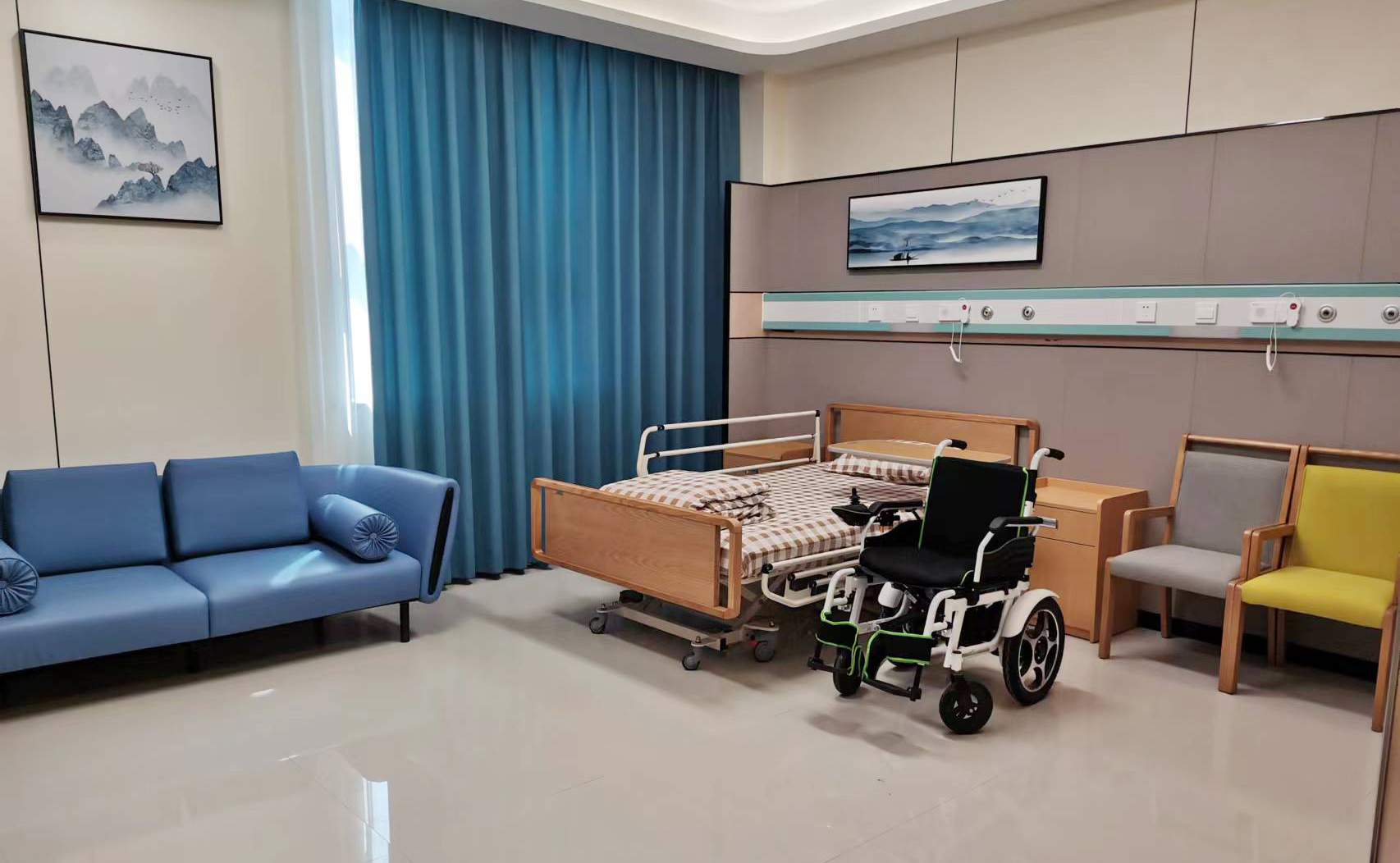Strengthening Hospice and Home Health Care Compliance: Global Trends and Strategies
Hospice care and home health care services are playing increasingly crucial roles in global healthcare systems, especially as aging populations prefer patient-centered care models and aging-in-place solutions. However, this growth comes with heightened regulatory scrutiny. Around the world, healthcare regulatory bodies are introducing stricter compliance standards, enhancing billing audits, and intensifying patient care oversight to prevent fraud and improve care quality.
The Changing Global Landscape of Hospice and Home Health Regulations
In the United States, Europe, Asia-Pacific, and Latin America, hospice agencies and home health providers are facing expanding regulatory frameworks:
Billing compliance audits to prevent fraudulent claims
Increased documentation requirements for specialized services
Stricter Medicare and Medicaid compliance (U.S.)
Expansion of telehealth services with clear regulatory guidelines
Focus on patient care quality, staffing ratios, and patient rights protections
These shifts reflect growing government efforts to protect elderly care standards, manage public healthcare spending, and hold providers accountable for care quality and ethical billing practices.
Key Global Regulatory Focus Areas
United States
General Inpatient Hospice (GIP) audits by the Office of Inspector General (OIG)
Increased focus on Medicare hospice claims and home health reimbursement integrity
False Claims Act (FCA) enforcement on fraudulent billing and patient eligibility misuse
Compliance with telehealth documentation standards in home health care
Europe
Enforcement of elderly care quality standards
GDPR-compliant patient data practices
National hospice care licensing requirements
Expanded telecare services with legal compliance oversight
Asia-Pacific
Growth in palliative care services under new care regulations
Focus on quality monitoring systems and healthcare fraud prevention
Accreditation audits for long-term care providers
Latin America
Reforms in home care regulation
Government initiatives for telehealth adoption
Challenges with regulatory enforcement consistency
Best Practices for Hospice and Home Care Compliance
To maintain operational stability and avoid legal risks, providers must:
Implement robust billing systems with audit readiness
Maintain accurate patient records, especially for GIP stays, telehealth visits, and long-term hospice care
Conduct regular compliance audits to prevent fines
Provide ongoing caregiver training on ethical care practices and regulatory updates
Appoint dedicated compliance officers and establish internal monitoring programs
Prepare for CMS and OIG audits (U.S.) and local regulator inspections globally
Why Compliance is Becoming a Global Priority
Key drivers behind increased regulation include:
Rising senior care demands worldwide
Expanding use of remote care and telehealth services
Increasing focus on patient rights and safety
Crackdowns on healthcare fraud schemes
Government pressure to control long-term care costs
International alignment on care standards and fraud prevention
Conclusion: Compliance is the Foundation of Sustainable Senior Care
In today’s global healthcare environment, regulatory compliance is essential for success in the hospice, home health, and long-term care industries. Organizations that prioritize legal compliance, transparent billing practices, and high-quality patient care will not only avoid costly penalties but also position themselves as trusted, professional providers in their markets.
At Enjoys Furniture, we help care providers create safe, compliant, and comfortable environments for seniors.
Browse our age-friendly furniture collections designed to support healthcare compliance and enhance patient comfort in home care, hospice, and long-term care settings.





